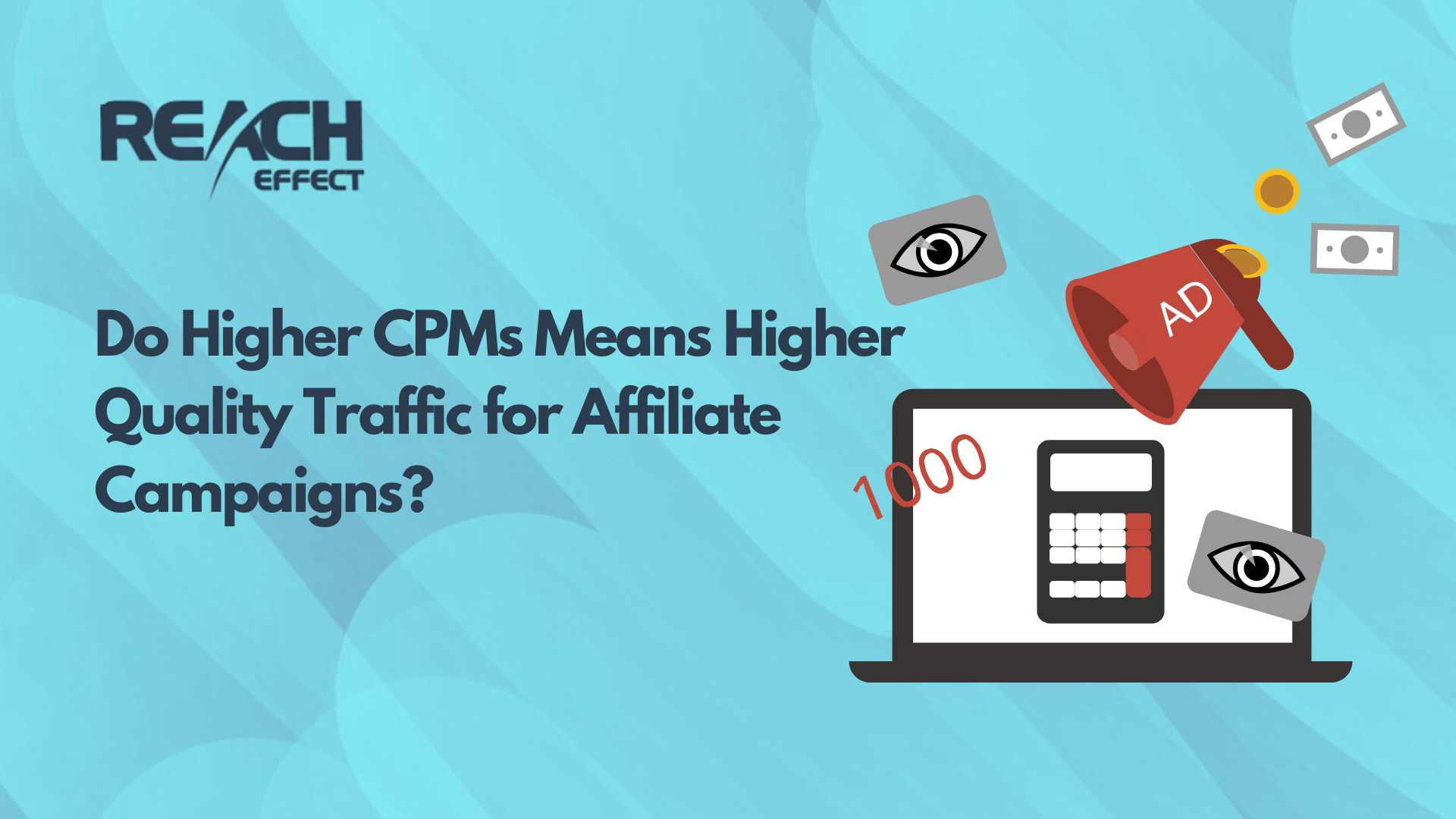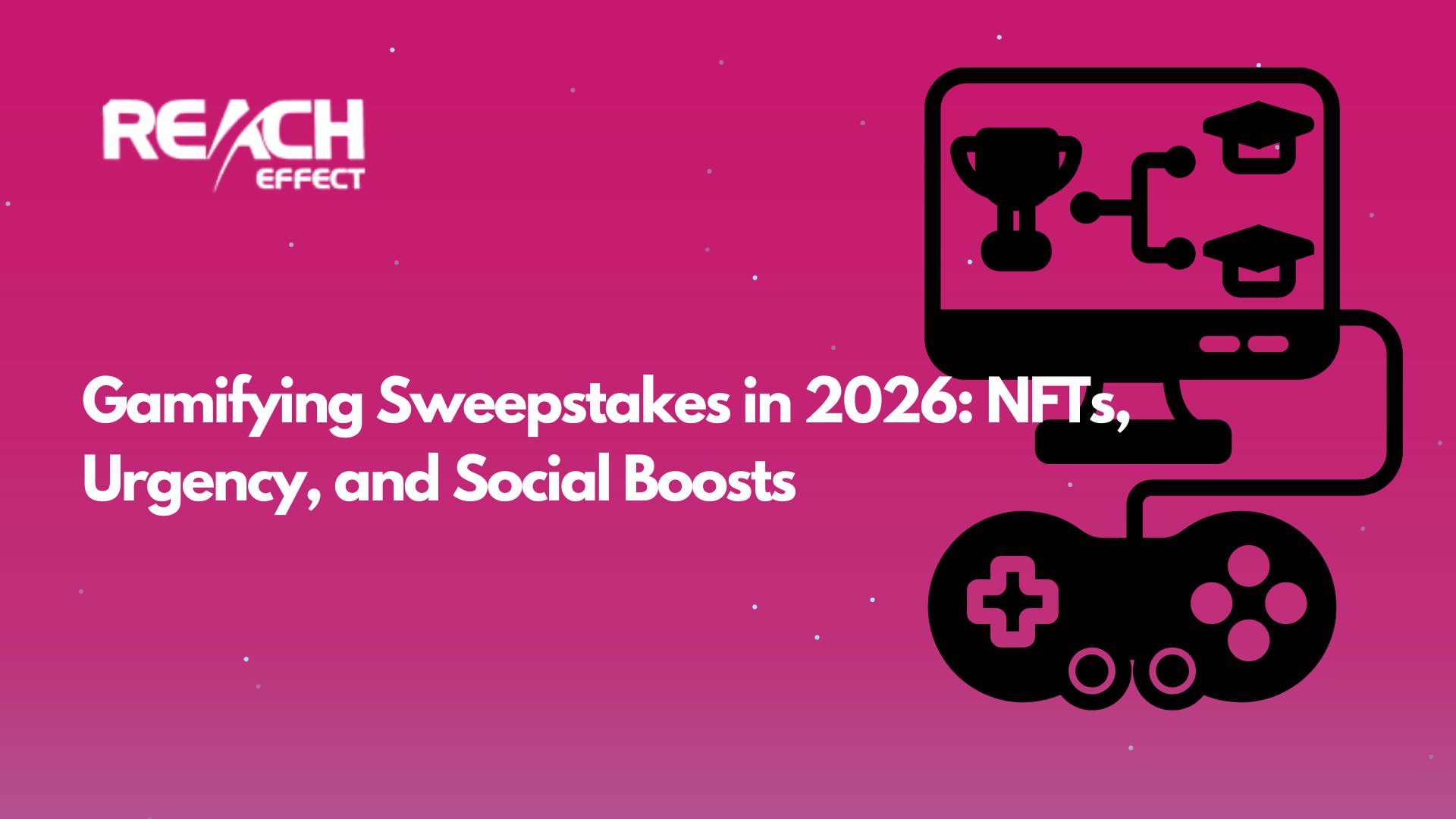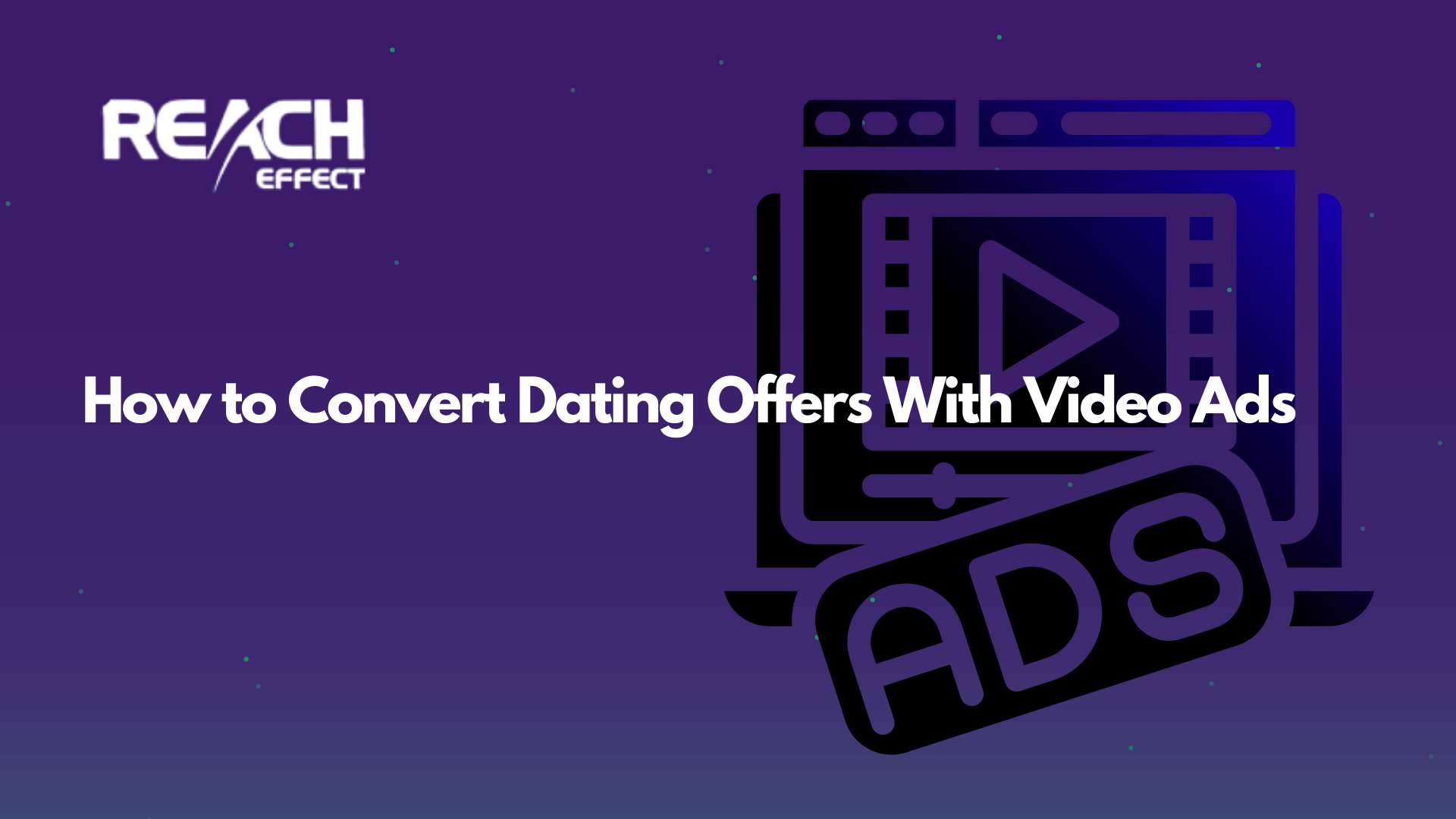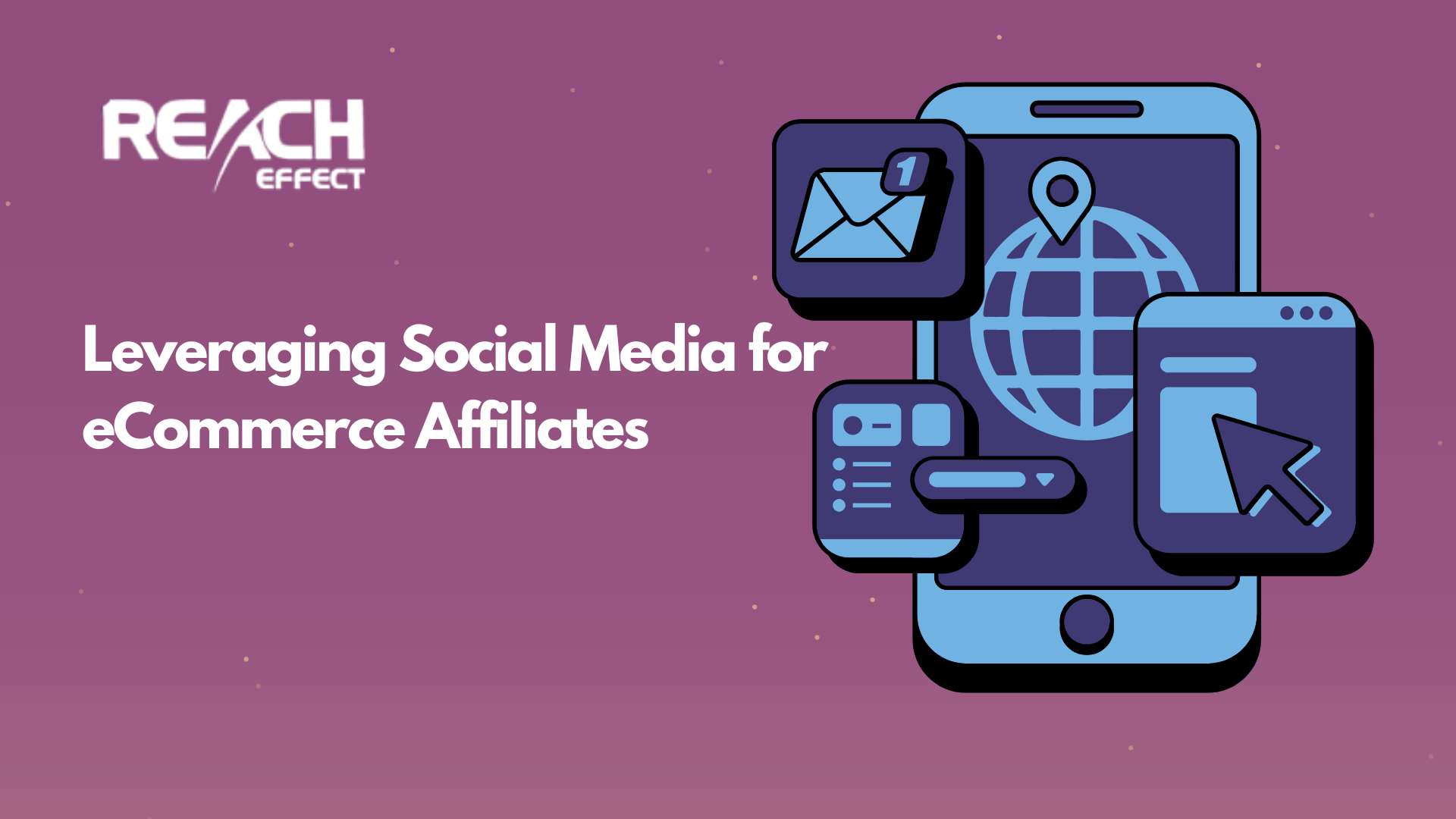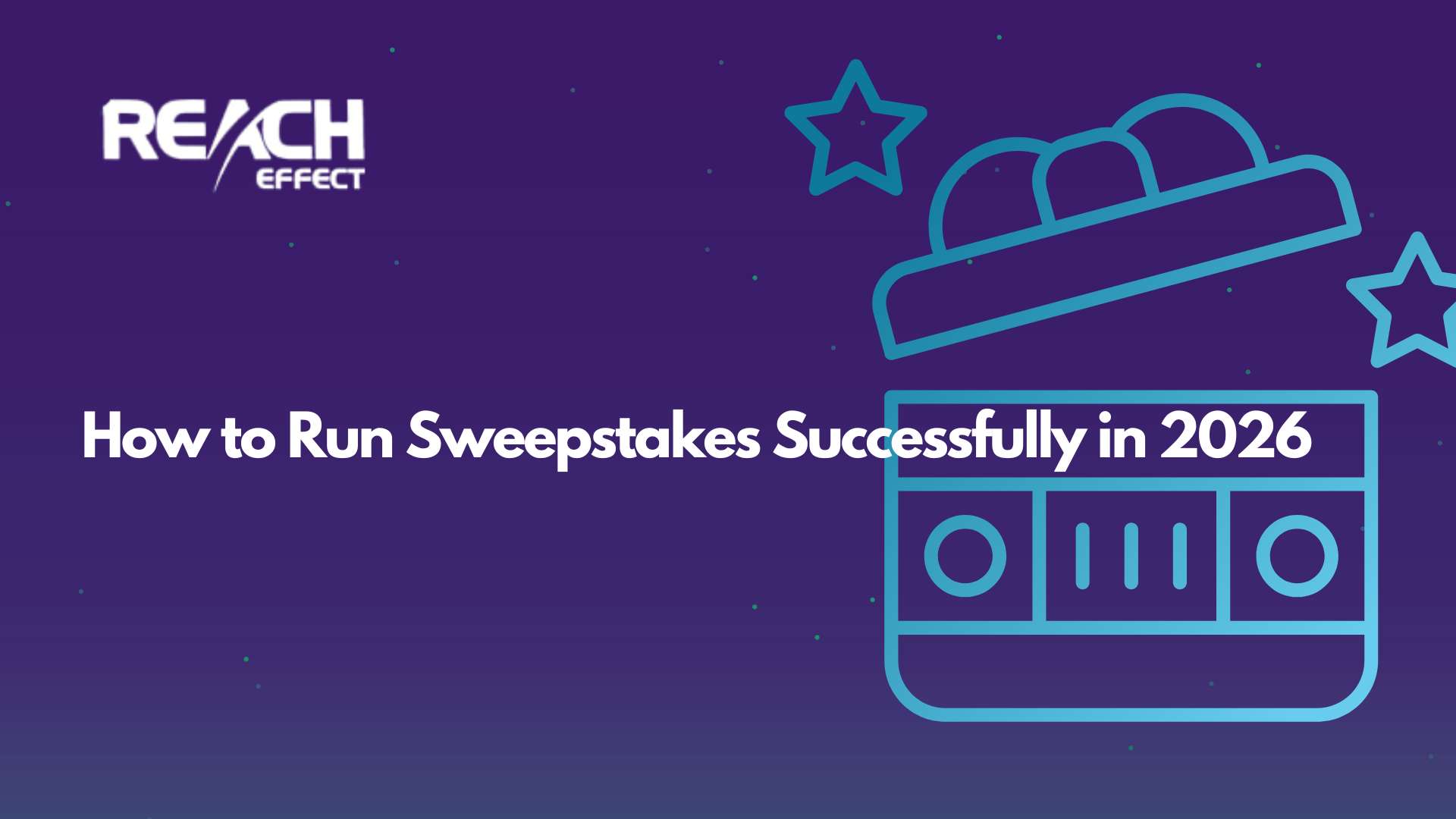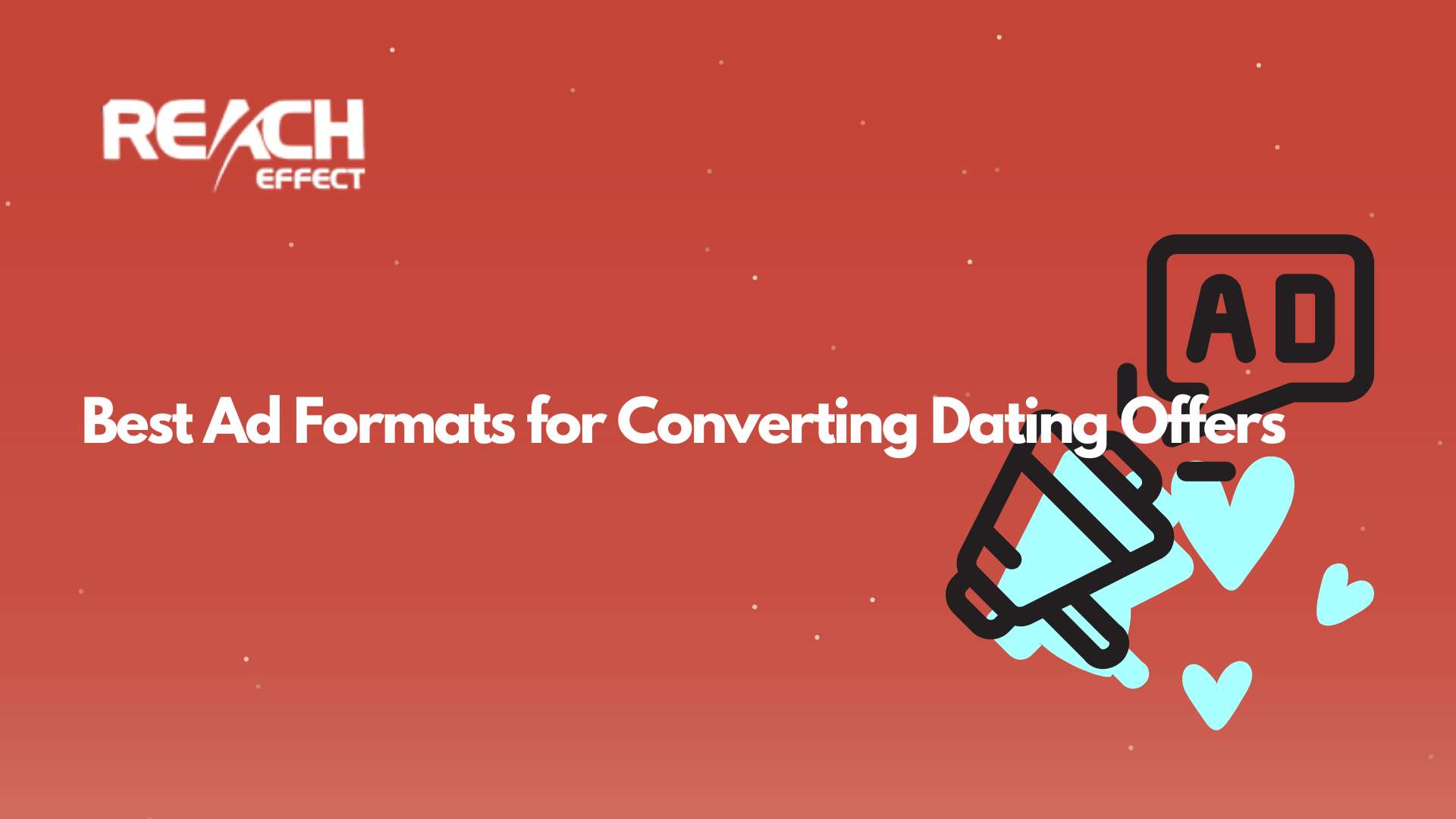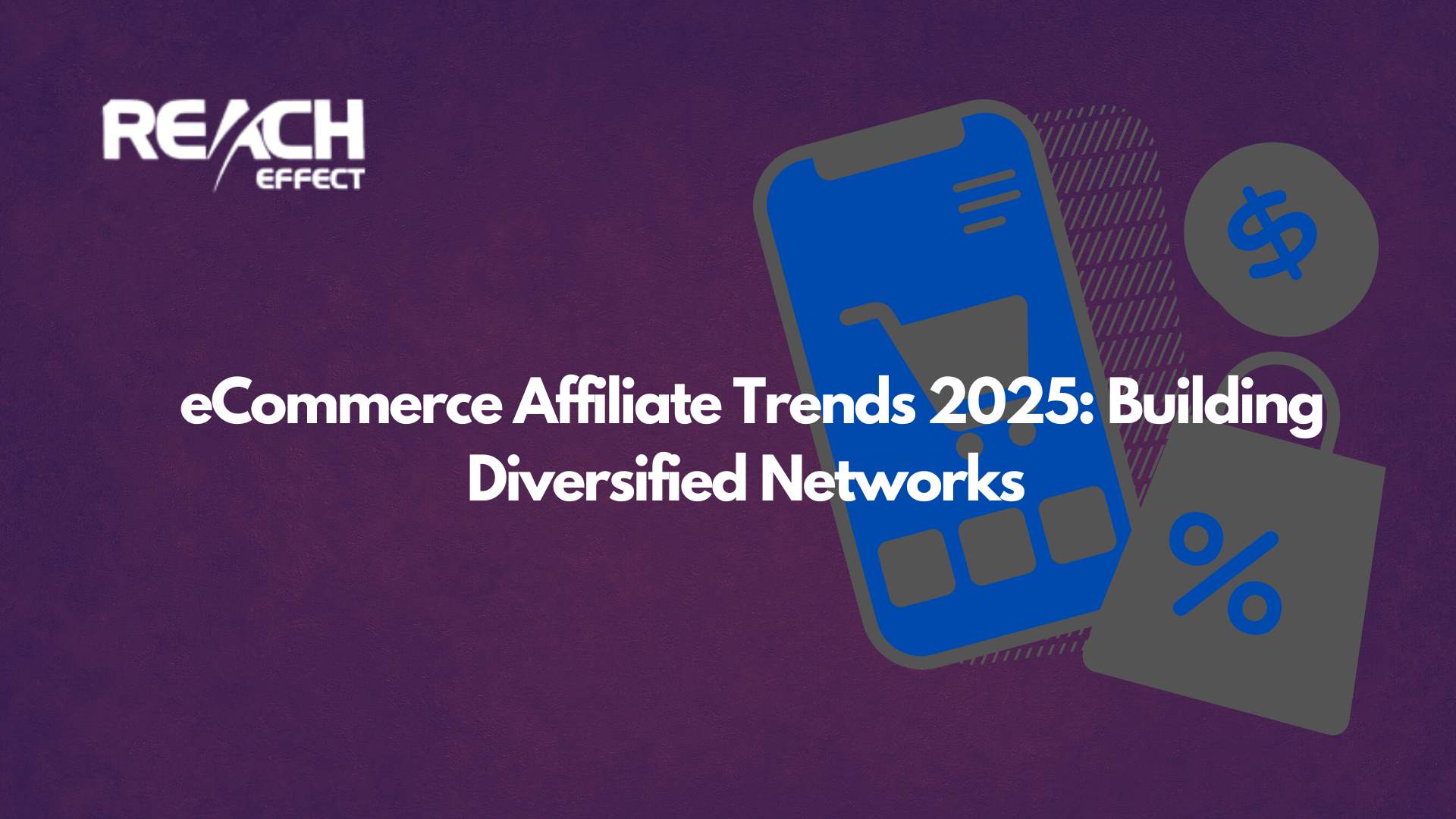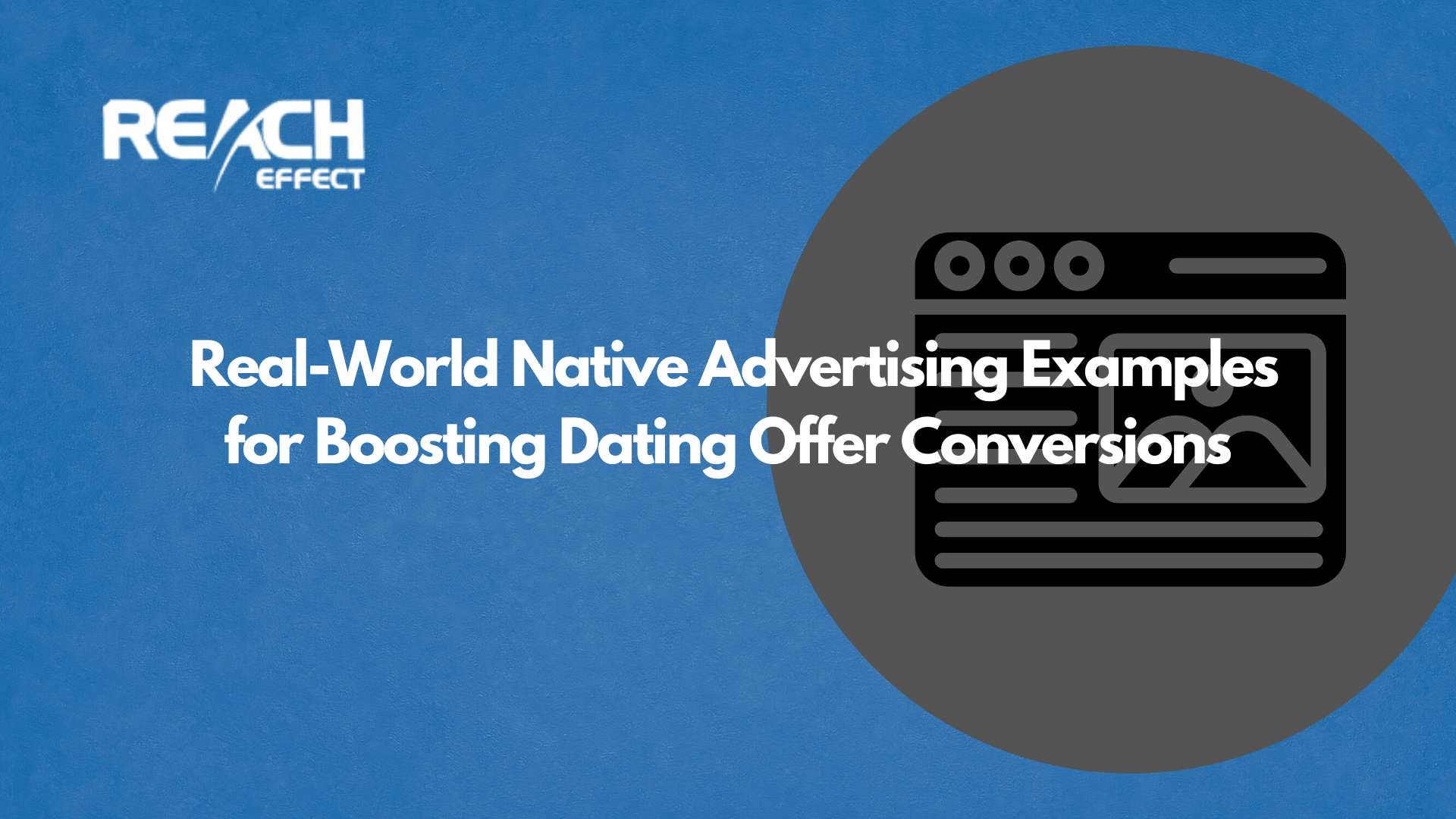If you’re dipping your toes into affiliate marketing, you’ve probably heard the term CPM tossed around. This is a subject we have covered a lot on our website, just like in this article.
For a quick run down, here it goes. CPM stands for Cost Per Mille, which is just a fancy way of saying how much you pay for every thousand times your ad gets shown. It’s a common pricing model when you’re buying traffic to promote affiliate offers. But here’s the million-dollar question that keeps popping up: does higher CPMs mean higher quality traffic?
Let’s unpack this together and figure out what it really means for your campaigns.
What’s CPM All About?
Before we dive deeper, let’s get clear on what CPM actually is. When you’re running an affiliate campaign, you’ve got a few ways to pay for traffic. CPM is one option where you’re charged based on impressions, how many times your ad appears on someone’s screen. You’re not paying for clicks or sales here, just eyeballs. It’s like renting a billboard on a busy highway. The more you pay, the better the spot, right? Well, maybe. That’s what we’re here to explore.
The idea behind higher CPMs is that you’re getting something extra for your money. Maybe it’s a prime spot on a popular website, or perhaps it’s traffic from a super-specific audience that’s more likely to care about your offer.
In affiliate marketing, traffic quality is everything because it’s all about conversions. Getting people to take action, whether that’s buying something, signing up, or clicking through. So naturally, you’d think that spending more on CPM would get you better traffic. But does it always work that way?
The Case for Higher CPMs
There’s definitely some logic to why higher CPMs might mean higher quality traffic. When you’re shelling out more cash, you’re often buying access to premium placements. Think about advertising on a well-known blog or a site that’s laser-focused on your niche.
These spots tend to cost more because they attract engaged visitors who are more likely to be interested in what you’re promoting. For example, if you’re pushing a fitness product, a higher CPM on a health and wellness site could put your ad in front of people who are already into that stuff. That sounds like a win, doesn’t it?
Plus, higher CPMs can sometimes mean better targeting. Platforms that charge more might use advanced tools to zero in on the right audience. People who match the demographics or behaviors you’re after. In theory, this should lead to traffic that’s more likely to convert, making your campaign more successful. It’s like paying extra for a front-row seat at a concert instead of standing in the back. You’re closer to the action, and that could make all the difference.
When Higher CPMs Don’t Deliver
But hold on a second, it’s not always that simple. Paying more doesn’t automatically guarantee you’ll the best traffic. Sometimes, a higher CPM just means you’re overpaying for a spot that doesn’t perform. Maybe the audience isn’t as targeted as you thought, or the ad placement gets lost in a sea of other content. You could end up with a lot of impressions but not many clicks or conversions. In that case, the higher cost feels more like a rip-off than an investment.
There’s also the chance that you’re paying for prestige rather than results. A flashy, high-traffic site might charge a premium CPM because of its reputation, but if its visitors aren’t your ideal audience, you’re not getting much bang for your buck. It’s like buying an expensive meal that looks great on the plate but doesn’t taste any better than a cheaper option. Higher CPMs can sometimes trick you into thinking you’re getting quality when you’re really just getting hype.
The Flip Side: Low CPMs Can Shine
Now, let’s flip the script. Lower CPMs don’t always mean low-quality traffic. If you’re savvy about where you buy your traffic, you might stumble across some hidden gems. Maybe it’s a less competitive platform or an up-and-coming site that hasn’t jacked up its prices yet. With the right targeting and a solid strategy, you can score high-quality traffic without breaking the bank. It’s all about being smart with your choices rather than just throwing money at the problem.
For instance, you could use data from past campaigns to find audiences that convert well and then hunt for affordable traffic sources that reach those same people. This approach can keep your costs down while still bringing in visitors who are ready to act. It’s proof that you don’t always need a high CPM to get results, you just need to know what you’re doing.
Testing Is Your Best Friend
So how do you figure out if higher CPMs mean higher quality traffic for your specific campaign? The answer is testing. You’ve got to try different CPM levels and see what happens. Run a campaign with a high CPM source and another with a lower one, then compare the numbers. Look at things like click-through rates (CTR), conversion rates, and your overall return on investment (ROI). Does the pricier traffic bring in more sales? Is it worth the extra cost? The data will tell you what’s what.
Testing also helps you avoid assumptions. You might think a high CPM is the way to go because it sounds impressive, but the proof is in the performance. And don’t just test once, keep tweaking and experimenting as you go. Affiliate marketing is all about finding what works, and that takes some trial and error.
It Depends on Your Offer
Another big piece of the puzzle is the offer you’re promoting. Not all affiliate campaigns are the same, and that affects whether higher CPMs pay off. If you’re pushing a high-ticket item, like a pricey course or a luxury product you might need a smaller, super-targeted audience. In that case, a higher CPM could make sense because you’re reaching people who are more likely to spend big. But if your offer appeals to a broader crowd, like a cheap gadget or a free trial, you might do just fine with lower CPMs and a wider net.
Think of it like fishing. If you’re after a rare catch, you’ll pay more for the perfect bait and spot. But if you’re just trying to fill a bucket with anything that bites, you don’t need to splurge. Your offer shapes your strategy, and that includes how much you’re willing to spend on CPM.
Beyond CPM: The Bigger Picture
Here’s something else to keep in mind: CPM is only part of the equation. Even if you snag high-quality traffic with a higher CPM, your campaign can still flop if other pieces aren’t in place.
Your ad creative needs to grab attention, your landing page has to be smooth and convincing, and the whole experience should feel seamless. Great traffic won’t save a bad offer or a clunky funnel. So while you’re figuring out if higher CPMs mean higher quality traffic, don’t forget to polish the rest of your setup.
At Reacheffect, we’re all about helping you tie these pieces together. Our platform gives you tools to track your traffic, test different sources, and optimize your campaigns. Whether you’re playing with high or low CPMs, we’ve got insights to help you make the most of every dollar you spend.
Wrapping It Up
So, does higher CPMs mean higher quality traffic? The short answer is: not always. It’s a mixed bag that depends on where your traffic’s coming from, who’s seeing your ad, and what you’re trying to achieve. Higher CPMs can open doors to premium audiences and better placements, but they’re not a magic bullet. You might find just as much success or even more with lower CPMs if you’re strategic about it. The real trick is to test everything, track your results, and let the numbers guide you. That’s how you’ll find the sweet spot for your affiliate campaigns.

